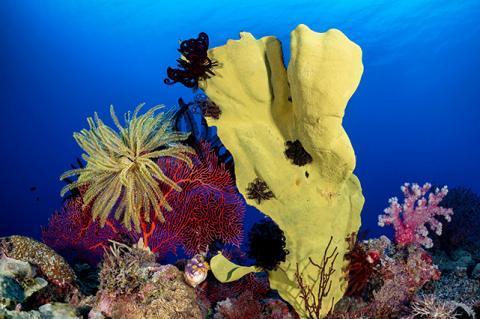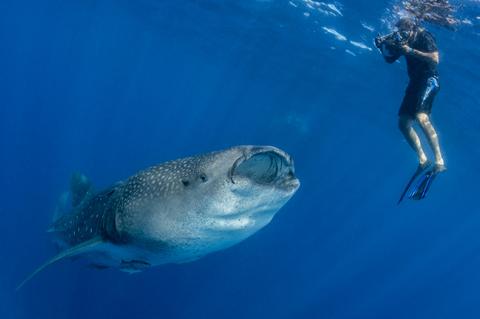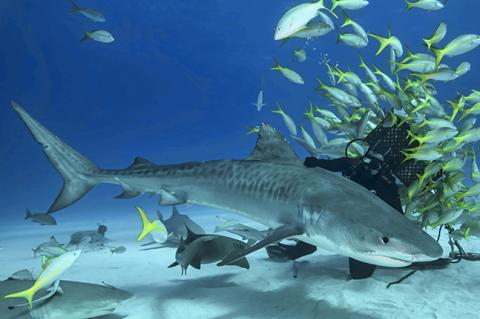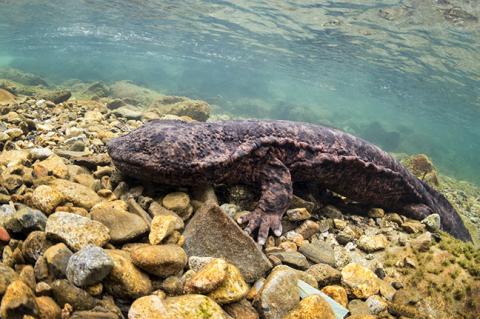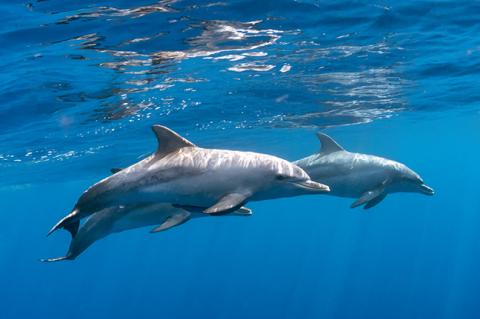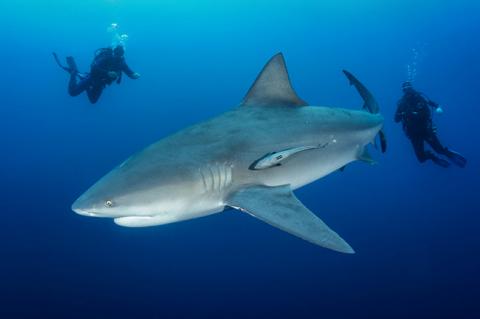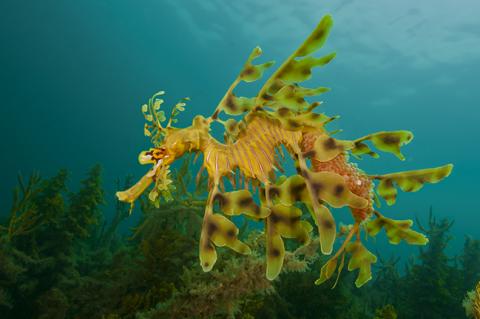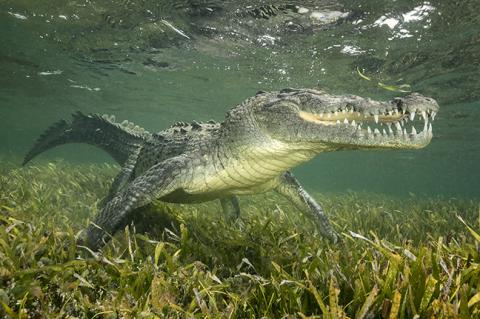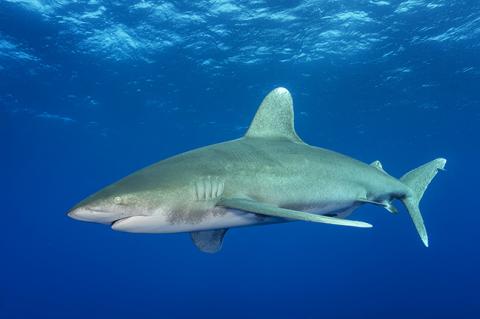Southern New Britain: The Secret Place in Papua New Guinea
The southern coast of the large island of New Britain in Papua New Guinea is a truly remote location isolated from the northern coast by high, rugged mountain ranges with no real roads through them. There are no commercial airports here—only landing strips and old WWII airfields used for small-scale charter flights. Practically, the only way to get to the southern coast is by boat from Rabaul, on the eastern tip of New Britain.
It involves a long and usually overnight journey, which will take you down through the St George’s Channel, in-between New Britain and nearby New Ireland. The channel needs to be navigated with respect, as there are some fierce and complex currents flowing through it.

